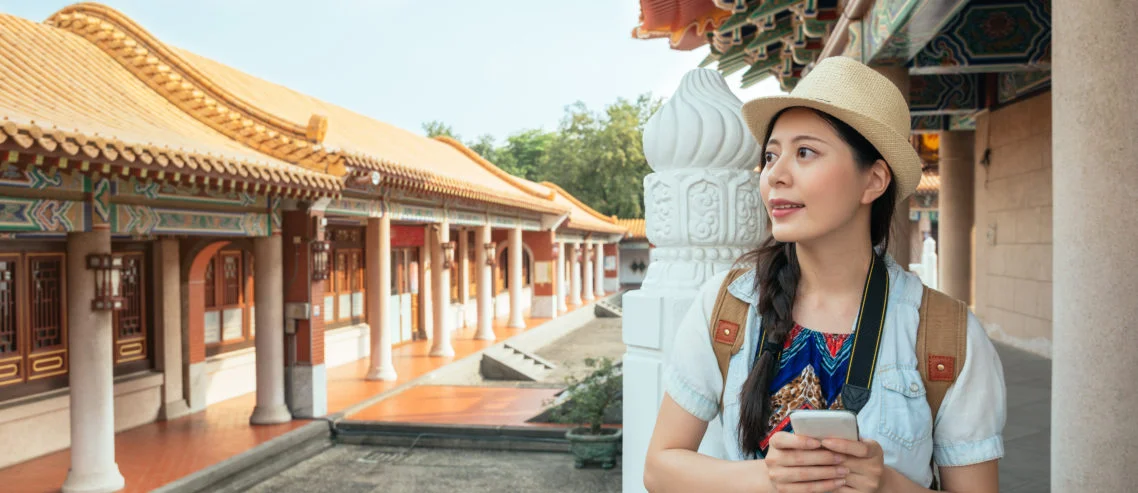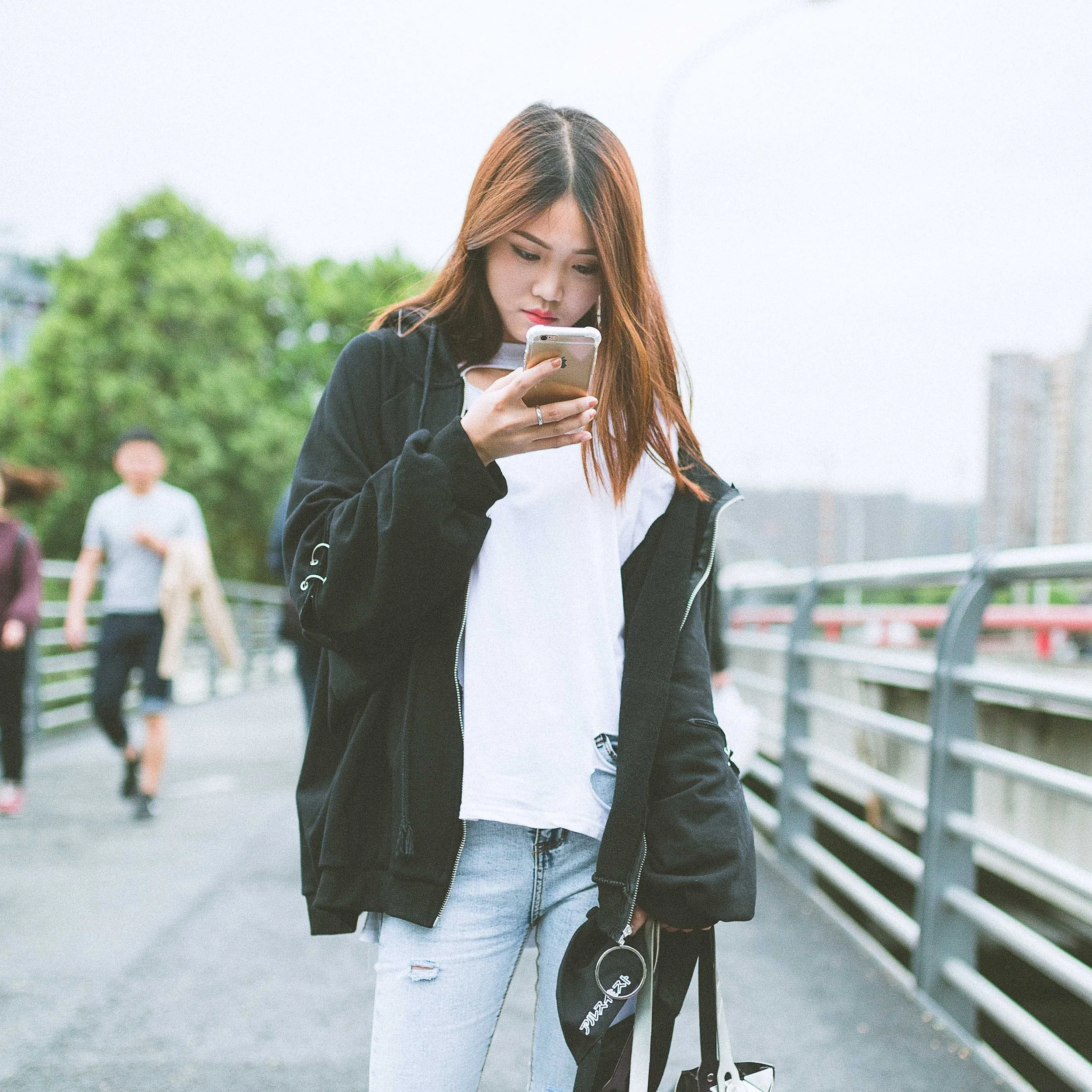Influencer marketing is considered an essential component of luxury marketing in China, but to many brands’ surprise, influencer marketing isn’t cheap and can actually be more expensive than the same service in the West.
Read Moret’s fair to say that 2018 was the year of influencer marketing all over the world, and it is going to continue to be a driving force for brands looking to grow their audience and improve sales through social media through 2019 and beyond. However, there are some substantial differences between Western and Chinese social media ecosystems that brand marketers should know if they want to expand their campaigns to lucrative Chinese markets.
Read MoreMarketers need to consider the uniqueness of China’s social platforms when planning an influencer marketing campaign. Those entering this market should know the top digital platforms for influencer marketing and how they operate, how different generations use social media and how they engage with influencers.
WeChat, Weibo, Douyin, Xiaohongshu, Meipai, Tmall and Taobao are some of the leading platforms to consider for influencer marketing campaigns.
Influencers such as A-list celebrities may be better at driving brand awareness, while key opinion leaders (KOLs), online celebrities and other microinfluencers engage consumers in a deeper way.
One study showed that 68% of consumers in China say their shopping choices are influenced by social media.
Product recommendations from influencers have the most impact on millennials and Gen Z in China.
Luxury consumers in China look to influencers when making purchase decisions.
While regulations on disclosure of brand sponsorships on social media do not exist, marketers should be mindful of censorship rules imposed by the government that restrict types of content.


